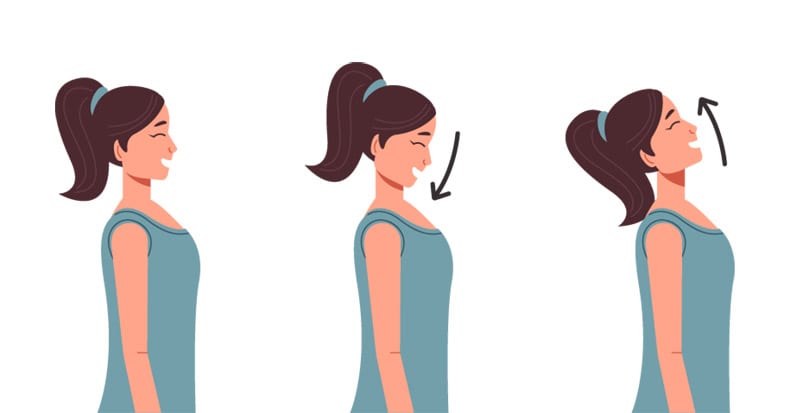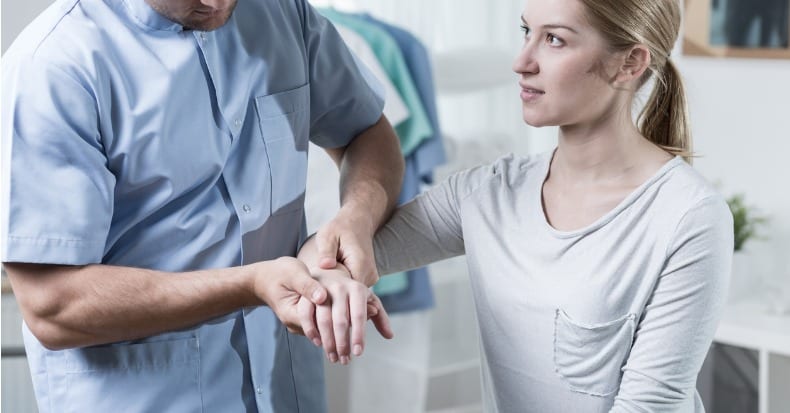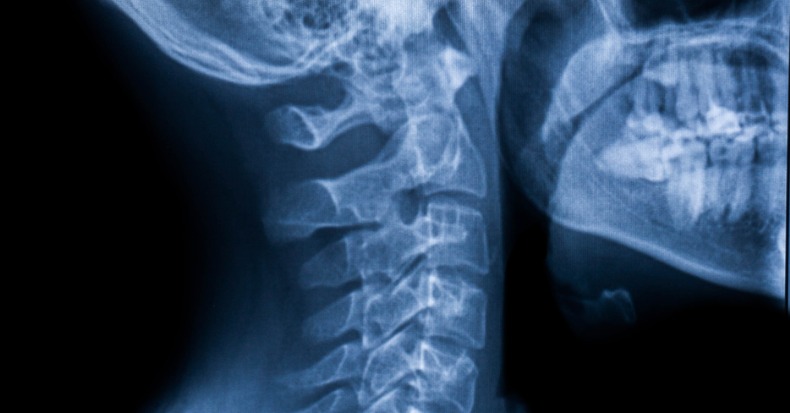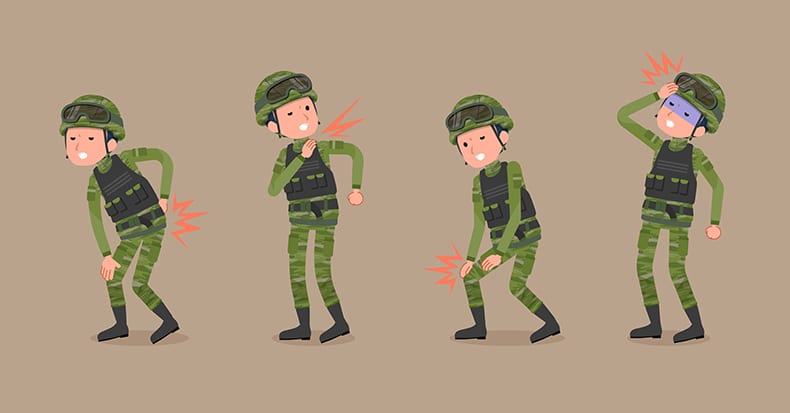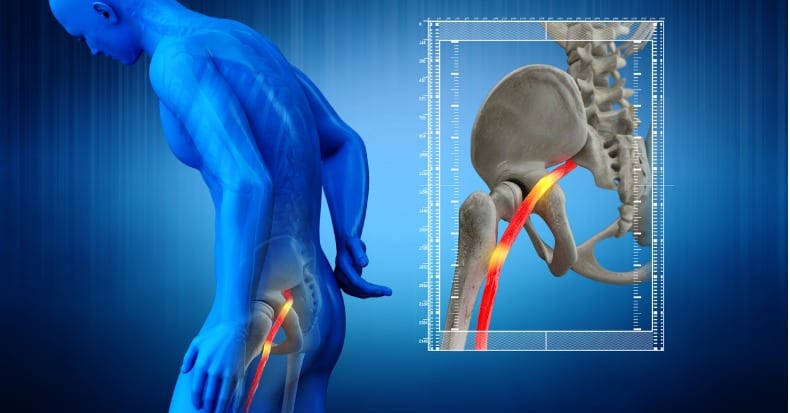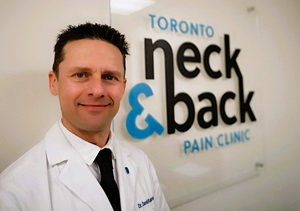Newest Articles
When neck pain strikes, it’s often assumed the cause is also in the neck. It’s only logical, right? In many cases, focusing on the neck for diagnosis and treatment may lead to a satisfying result but not all the time. For some patients, neck pain may be related to a condition elsewhere in the body, [..]
The early symptoms associated with carpal tunnel syndrome (CTS) are often easy to overlook or ignore because they don’t interfere too much with one’s ability to carry out their daily activities. As such, many people don’t consider it worthwhile to take the time to make and attend a doctor appointment to deal with the issue. [..]
There is plenty of research supporting chiropractic care as an excellent approach for managing whiplash associated disorders (WAD). While the in-office treatment aspect of care—spinal manipulation, mobilization, soft tissue therapy, massage, modalities, etc.—is important for restoring motion and reducing pain in the neck and surrounding areas, it’s the at-home exercises that not only maintain those [..]
Discussion
A disease is not a thing, but rather a process. A disease has a beginning, a middle, and an end.
A treatment intervention that is given in the middle of a disease process may be blamed for causing the disease itself. This is called protopathic bias.
Protopathic Bias is when a treatment for the [..]
The cauda equina (Latin for “horse’s tail”) is made up of many nerves that travel down and exit out the sides of the lumbar spine and sacrum (tail bone) and transfer information (motor and sensory) to and from our legs and brain.
If the cauda equina becomes compressed, the resulting cauda equina syndrome (CES) is [..]
Experts estimate that approximately 10% of the adult population in the United States experienced an episode of tinnitus—the perception of sound or noise without any external auditory stimulus being present—within the last year. Tinnitus can be caused by wax buildup in the ear, medication side effect, noise-induced hearing lost, ear and sinus infections, cardiovascular disease, [..]
Because the early symptoms of carpal tunnel syndrome (CTS) can be mild and tolerable, many patients put off seeing a doctor until the pain, numbness, tingling, and weakness in their wrist and hand is no longer bearable. The current research supports chiropractic care as an excellent non-surgical option for new-onset CTS, but what about patients [..]
A Baker’s cyst is a swelling located in the back of the knee that can be either asymptomatic or bothersome, especially when bending the knee. Researchers estimate that up to 94% of popliteal (back of the knee) cysts are associated with an intra-articular disorder, most commonly meniscus (“cartilage”) tears, as well as osteoarthritis, inflammatory arthritis [..]
When it comes to whiplash associated disorders (WAD), the process of making an accurate diagnosis and treatment recommendation can vary from healthcare provider to healthcare provider depending on their educational background, ongoing training, and clinical experience. There is also a growing pile of research with respect to WAD that helps refine existing processes and introduce [..]
Coffee is one of the most consumed beverages around the globe, and many individuals can’t seem to start their day without a cup or two. Past research has identified several compounds present in coffee that can offer health benefits, and new research suggests that coffee intake can also help patients under treatment for colorectal cancer. [..]
Important Numbers
Members of our military and military veterans are plagued with musculoskeletal pain problems:
2007 (1) - An analysis of United States Navy Physical Evaluation Board data between February 2005 and February 2006 indicated that musculoskeletal diagnoses were frequent (43%), with back pain (29%) being the most common musculoskeletal diagnosis.
2008 (2) - There [..]
The roots of the sciatic nerve exit the spine through several levels in the lower back, join in the buttock region, and travel down into the lower extremities. When pressure is applied to the sciatic nerve in the lower back area, it can generate pain and other sensations down the nerve into one of the [..]


